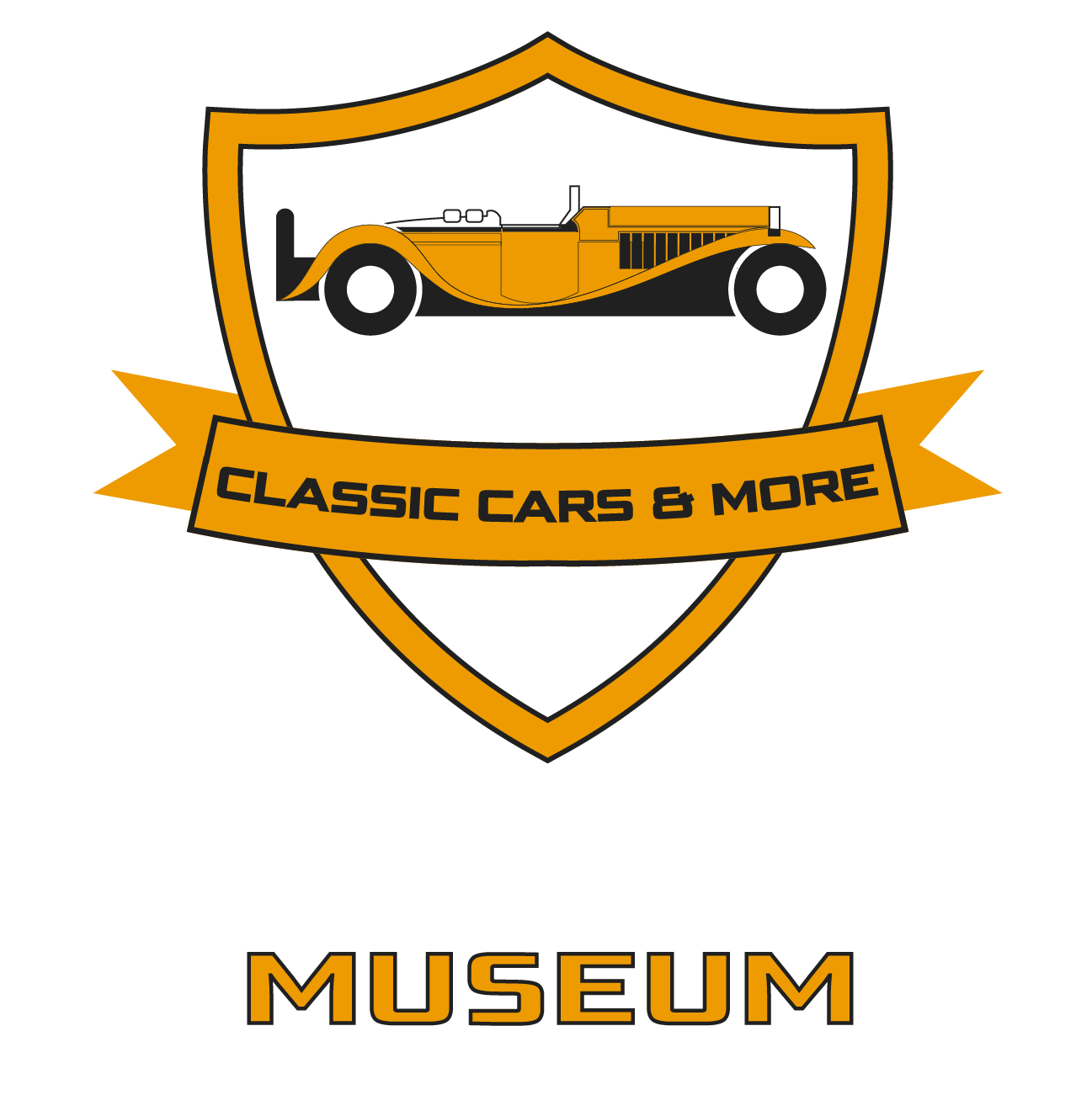365 DAILY NEWSLETTER
LAND ROVER
🫅 What is common in Elisabeth the II. and Paul McCartney? 🎵
We are waiting for you here at the 365 Oldtimer Museum to take you back in time. Get an up-close look at the history of cars and motorcycles through a highly sophisticated and unrivalled collection. Spread over more than 2,000 square metres, nearly 80 vehicles.
After the Second World War, Rover did not have the financial or raw material resources to continue producing luxury cars. The solution was the brilliant idea of Rover’s chief design engineer, Maurice Wilks. The plan was simple, produce a universal vehicle similar to the American Willis Jeep, but more practical. The idea came from the fact that Maurice had an American jeep on his lot that was good for the lot but not perfect. It was also an important goal to keep the steel to a minimum, which is why almost the entire body was made of aluminium, except for the steel chassis. The first prototype was based on a Jeep chassis and the rest of the components were largely taken from earlier Rover models. The engine for the first prototype was Rover’s 10cc 1400cc inline-4 power unit. Only when they got to the first fully Rover example did a lot of changes take place, such as the use of the Rover P3 1595cc engine.
One of the many interesting features of the Landy is the body material, which is made from a material called “Birmabright”. Birmabright is basically a metal alloy made up of aluminium and magnesium. The paint that was applied to it was called ‘cockpit green’ for painting military aircraft (it’s an aluminium-magnesium alloy) Rover made 15 for the 1948 Amsterdam Motor Show and it was such a success that they were literally swamped with orders. Orders even came from overseas, which is interesting just because nothing had ever been exported by Rover before Land Rover. At the time, it was estimated that a maximum of 5,000 units would be built and sold in a year, but that figure had risen to nearly 8,000 by the end of the year. It was the first milestone in a success story that had lasted more than 60 years.
The size of the engine was changed several times over the years: from 1952 it was available with a 1997cc petrol engine, and from 1953 even with a diesel engine. In England, by the mid-1950s, all public service organisations in the country had a fleet of these engines. There were few purposes for which a Landy would not have been suitable, and it is no wonder that it quickly became a symbol of expeditions and adventure. It was comfortable and quick to change, taking only 5-10 minutes to remove the tarpaulin. It was possible to transfer power from the gimbal shaft to various tools (fire extinguisher syringe, winch, saw, plough, basket hoist). To sum up, Rover has skilfully made it an indelible monument to the people and to history. But it’s not just in the newspapers that we know the Series family, they have also made countless film appearances – the Gods have fallen on their heads is a prime example.
The simplicity and reliability of the Land Rover series I was the foundation of the trust people have placed in it, and it still does today. No wonder even Winston Churchill himself had one!
(Celebrities who have owned a Land Rover Series I or II: Paul McCartney, Winston Churchill, Queen Elizabeth the II)
Subscribe to our newsletter
Provide your e-mail address and click the button below to receive special deals and premium offers




